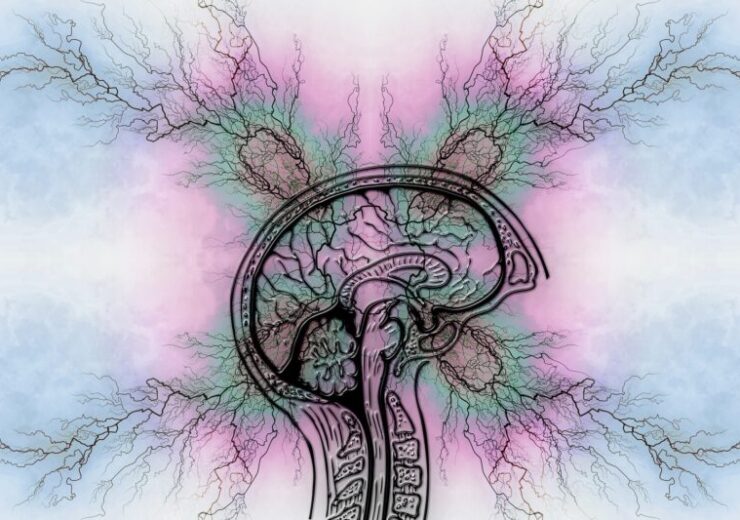According to Tyndall National Institute, vagus nerve stimulation uses pacemaker-like electrical current pulses to reduce and stop epileptic seizures, enhance patient quality of life, and improve health outcomes

IPIC and Synergia Medical have developed metal-free neurostimulator for epilepsy treatment. (Credit: Gerd Altmann from Pixabay)
A partnership between IPIC and Belgium-based medical device company Synergia Medical has claimed to have developed a new technology that can considerably decrease seizures for people having drug-resistant epilepsy.
The technology was developed at the Tyndall National Institute in Ireland.
IPIC is one of the 12 Science Foundation Ireland (SFI)’s large-scale research centres.
Both IPIC and Synergia Medical used photonics to create a metal-free neurostimulator. This is for replacing electrically conducting wires with non-conductive optical fibres and suitable optoelectronics to stimulate the vagus nerve, which starts from deep inside the brain.
According to Tyndall National Institute, vagus nerve stimulation uses pacemaker-like electrical current pulses to lower and stop epileptic seizures, enhance patient quality of life, and improve health outcomes.
IPIC principal investigator Brian Corbett said: “The development of this ground-breaking technology at IPIC again positions Ireland as a centre for research excellence in the field of optical powering for medical devices.
“The science behind the technology is an optical ‘power lead’ utilising an efficient miniaturised photovoltaic cell subsystem that enables light to be transmitted from a neurostimulator embedded in the body to an electrode, which converts the light to electricity that then powers the electrode.
“This replaces metal cables and thereby makes the system MRI compatible.”
Tyndall National Institute said that the technology is a breakthrough in epilepsy treatment as it can be used in magnetic resonance imaging (MRI) systems, which enables the individual customisation of the neuro-stimulation intensity.
In future, this application of photonics can also be used in a variety of additional therapeutic applications, such as depression and anxiety, Tyndall National Institute added.
Additionally, research is going on to see whether vagus nerve stimulation can be used to treat chronic pain, Alzheimer’s, and Parkinson’s disease.
Synergia Medical CEO Attila Borbath said: “We are delighted to work with the team at Tyndall. Indeed, to keep up the momentum, we are very pleased that one of the post-doctorate researchers has joined us in Belgium.
“Our pre-clinical trials have been very successful and we look forward to our future first in human implantation.”
